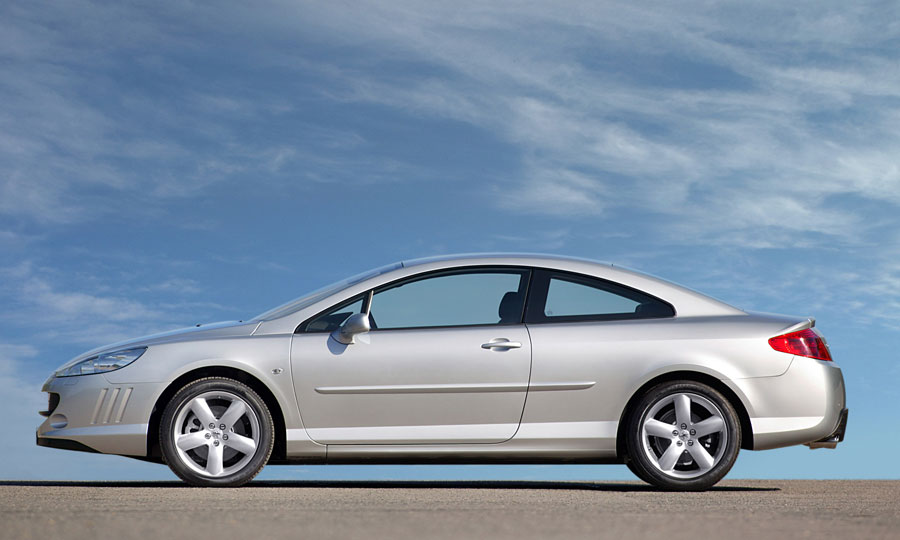

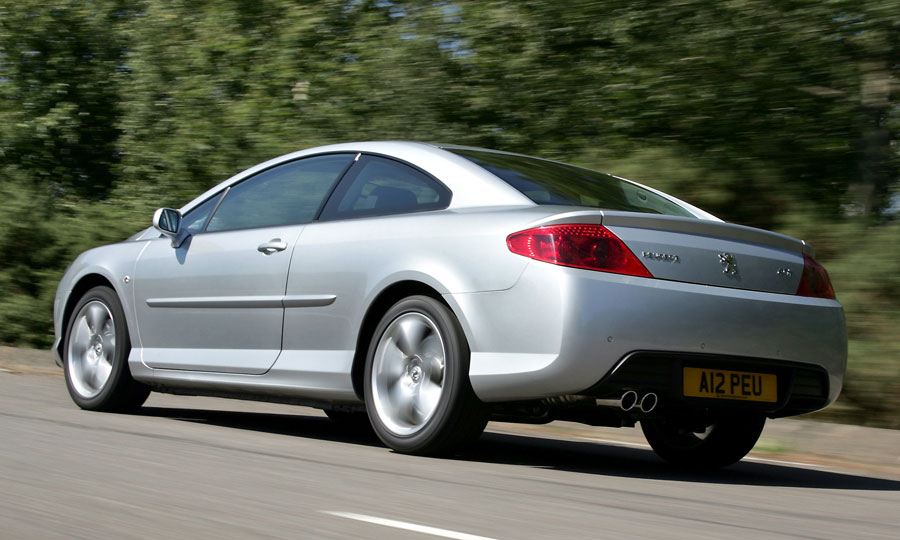


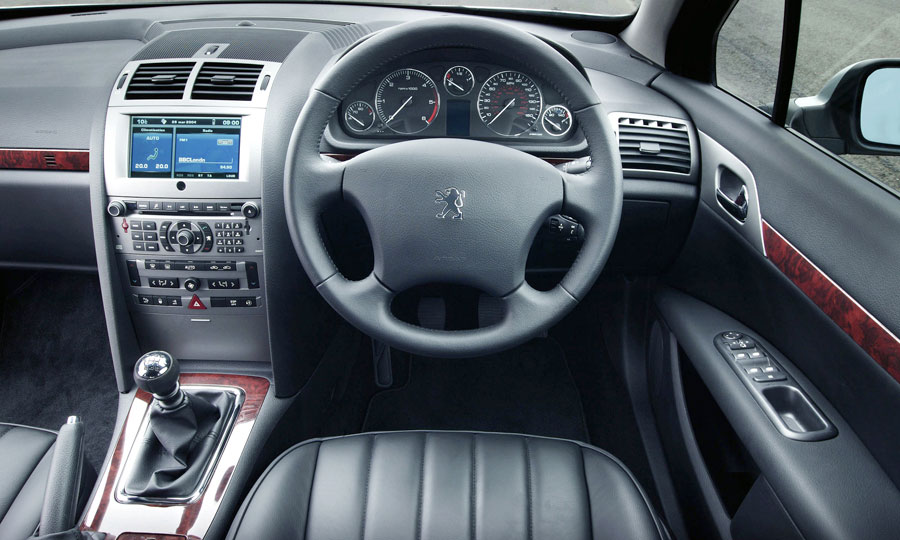
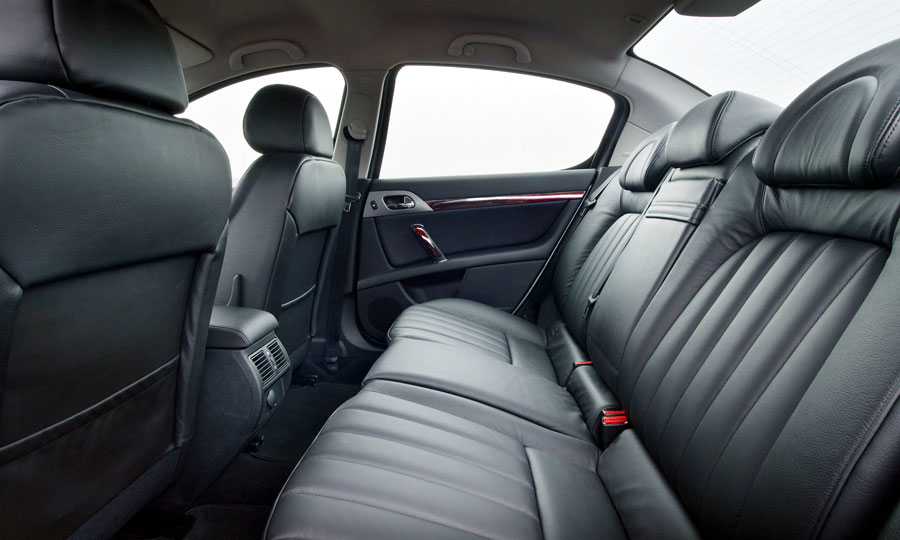
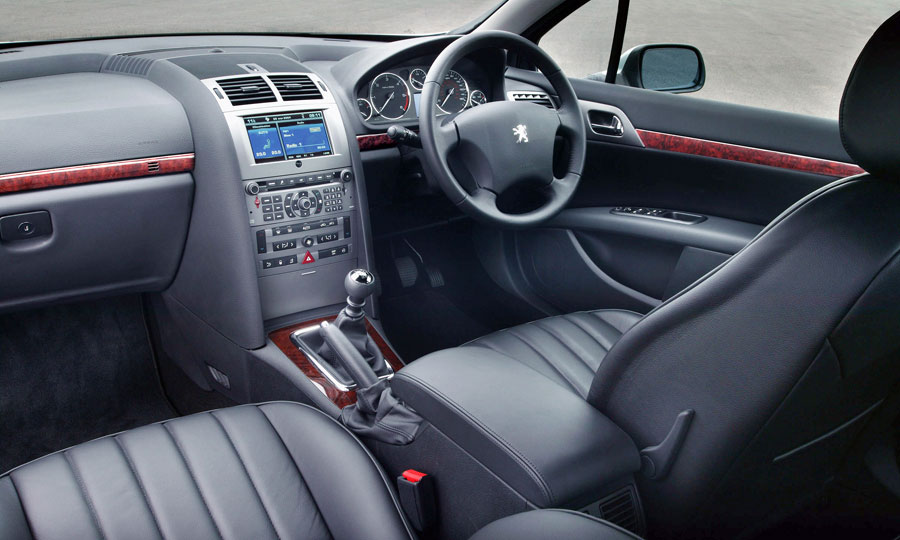



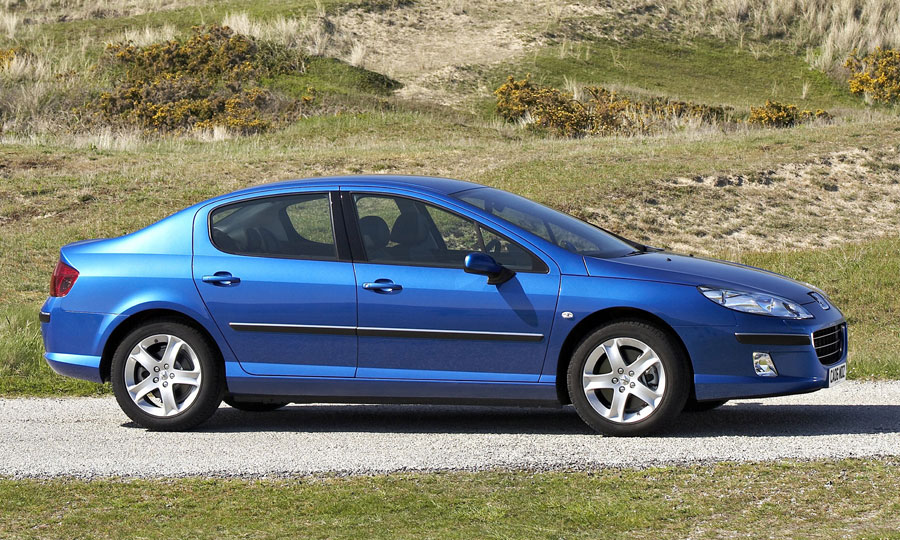



Peugeot has long offered great-value cars, and the 407 is no exception. Spacious, well-equipped and comfortable, these saloons, coupes and estates offer a huge amount of car for the money. But such value can come at a price; the 407 can prove frustrating to own, with some examples hit by a variety of faults, which dealers aren't always able to fix. So the 407 makes a great buy only if you get a good one.
Key Dates
5/04: The 407 replaces the 406, in saloon form only, with 1.8, 2.0, 2.2 and 3.0 V6 petrol engines or 1.6 and 2.0HDi turbodiesels.
9/04: An estate (SW) debuts, with the same engines as the saloon.
10/05: A 407 coupé appears, with 2.2 or 3.0-litre petrol engines or a 2.7 V6 turbodiesel.
6/06: A 2.2-litre and 2.7 V6 turbodiesel are offered in the saloon. Range revisions bring enhanced specifications.
7/07: A 2.0HDi turbodiesel is offered in the 407 coupé.
9/08: A facelifted 407 brings exterior design revisions, extra equipment and chassis tweaks.
5/09: The eco-friendly 1.6HDi 110 arrives.
Peugeot 407 (2004-2011) Checklist
- Clonks from the front is usually down to worn front suspension ball joints.
- 1.6 and 2.0 diesels go into limp home mode because the throttle butterflies stick, usually because the spindles have worn, requiring new ones.
- The central dash display can fail.
- The electrical management system plays up, leading to constant warnings.
- Diesel 407s with a six-speed auto can cut out because of a faulty ECU.
- Warnings of ABS and ESP faults can be down to faulty sensors, genuine problems, or because a wheelbearing needs replacing.
- Clutches are short-lived because of weak release bearings.
We Like
- Great diesel engines
- Smart looks
- Equipment levels
- Spacious cabin
- Safety kit
- Refinement
We Don't Like
- Awkward driving position
- Unsettled ride
- Temperamental electronics
